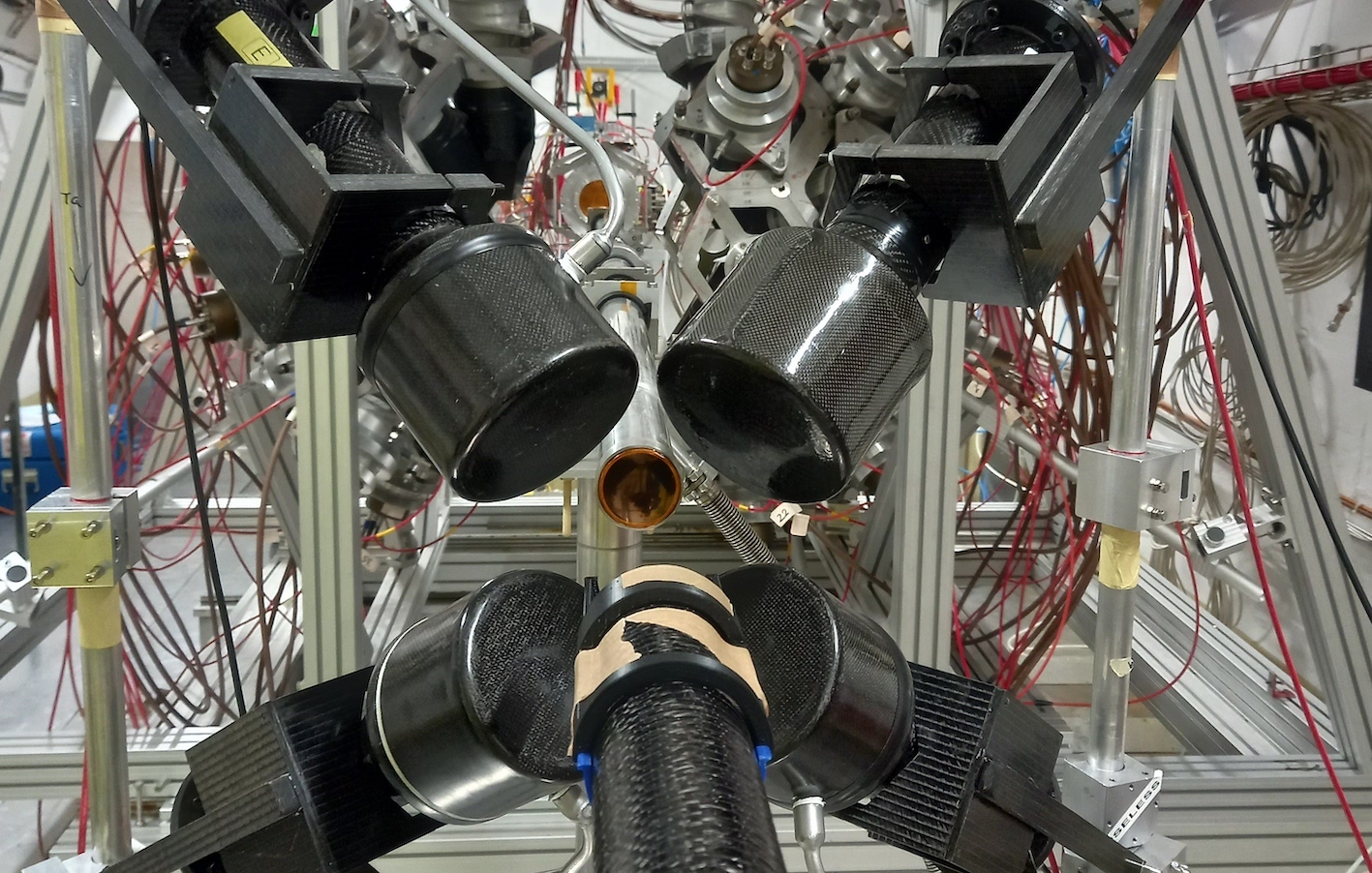
Cerium is a metal and one of the so-called “rare earths”. It has numerous technological applications in daily use, from some types of light bulbs to flat screen TVs. But how is cerium produced in the universe? New research, led by INFN and the National Institute for Astrophysics (INAF) and which was published in Physical Review Letters and conducted at CERN’s n_TOF experiment, sought to respond to this question. It is opening new questions about stellar nucleosynthesis and the chemical evolution of galaxies. The results actually indicate the need to review the mechanisms that until today it was thought were responsible for the production of this element in the stars, with important consequences for all the heaviest elements.
The abundance of elements heavier than iron observed in the stars (like tin, silver, gold, and lead) can be reproduced theoretically by hypothesising the existence of two neutron-capture processes: the slow neutron-capture process (or s process) and the rapid neutron-capture process (or r process). Neutron flows that characterise them are of approximately 10 million neutrons per cubic centimetre and more than 1 million billion billion neutrons per cubic centimetre, respectively. The s process produces approximately half of the elements heavier than iron present in the universe, including cerium.
Relatively rare in the Earth’s crust, cerium is slightly more abundant in the universe. The heart of this study was the measurement of the cross section, i.e. the physical quantity that expresses the probability that a reaction occurs, of the nuclear reaction of the cerium-140 isotope with a neutron to produce the 141 isotope. This is a key mechanism for the slow neutron-capture process. Playing a crucial role in the synthesis of heavy elements in stars, this reaction was measured at all energies of astrophysical interest and with unprecedented accuracy: 5% better than previous measurements.
The measurement was conducted at CERN's n_TOF experiment, a source of neutron beams that reproduces some of the reactions induced by neutrons, determining the technologies for energy production and medical physics in various research fields, including nuclear astrophysics. For this study, the measurements were combined with sophisticated theoretical models, useful for understanding the production of chemical elements in the universe in neutron-capture processes during the evolution of different types of stars.
“The measurement that we’ve done, allowed us to identify nuclear resonances never before observed in the range of energies involved in the production of cerium in the stars”, explained Simone Amaducci, researcher at INFN Southern National Laboratories and lead author of the study. “This is thanks to the very high energy resolution of the experimental apparatus and the availability of a very pure sample of cerium-140”.
The experiment, proposed by Sergio Cristallo, research at INAF Astronomical Observatory of Abruzzo, opens new questions about the chemical nature and composition of the universe. “What intrigued us at the start was a discrepancy between the theoretical stellar models and the data observed of cerium in the stars of the M22 globular cluster in the Sagittarius constellation”, explained Cristallo. “The new nuclear data differ significantly, by up to 40%, from those present in the nuclear databases currently used, well beyond the estimated uncertainty”.
The results of the latest measurements at n_TOF have significant astrophysical implications, suggesting a 20% reduction in the contribution of the s process to the abundance of cerium in the galaxy. In addition, the new data have a significant impact on our understanding of the galactic chemical evolution, with consequences for the production of heavier elements too.
For this reason, a paradigm shift is required in interpreting the nucleosynthesis of cerium, which includes the existence of other physical processes, which are not currently considered in stellar evolution calculations.






